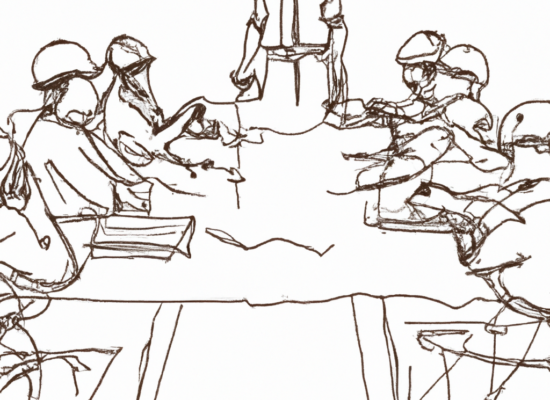Overview of Architectural Basic Services: Minor Changes, Change Orders, and Construction Change Directives
Architectural Basic Services refer to the standard responsibilities of an architect in a construction project. These services include overseeing the construction process, interpreting the design and plans, and ensuring that the work is carried out in accordance with the contract. In this article, we will take a closer look at three important aspects of Architectural Basic Services: Minor Changes in the Work, Change Orders, and Construction Change Directives.
Minor Changes in the Work
When it comes to making changes to the work, the architect plays a crucial role in ensuring that the changes do not conflict with the contract sum or time. Minor changes in the work can be made by the architect without the approval of the owner or contractor. In such cases, the architect will issue a G710 “Architects Supplemental Instructions” directing the change.
Change Orders
Change Orders are documents that authorize variations from the original construction drawings. These changes can include changes in price, quality, or time. Change Orders are prepared by the architect and must be approved by the owner, architect, and contractor. It is important to note that AIA Contract Form G701-1992 is used for Change Orders.
Construction Change Directives
In some cases, an issue may be discovered during the construction process that requires a change to be made, but the change is unknowable or cannot be agreed upon fast enough. In such cases, the architect will use AIA Contract Form G714-1992, Construction Change Directive. This form is used to document changes that need to be made to the work, and it requires the signatures of the architect and owner if the directive causes an increase in sum.
The costs associated with the change will be determined by mutual agreement on a fixed or percentage fee. If the contractor agrees with the proposal, the change will be recorded as a change order. However, if the contractor disagrees with the proposal, they may make a claim. During this time, the contractor can submit a request for payment for work completed under the directive. The architect will ensure that the costs are justified.
Uncovering and Correction of Work
Under B201, the architect has the authority to reject non-conforming work. If the architect asks for work to be uncovered and it is found to be correct, the owner pays for the work required to uncover and recover it. However, if a test reveals non-conforming work, the contractor must pay to fix and re-inspect it. The contractor may also pay the architect if any additional work arises from this test.
The architect can approve non-conforming work with the approval of the owner. The owner also has the right to carry out the work correctly through the use of another contractor and charge the original contractor for the expenses. If the owner is accepting of a deviation and the architect isn’t, the owner has the final authority. The architect must note the deviation on the certificate of substantial completion as “non-conforming exception”. The contractor must also document this on as-built drawings, as required by AIA A201.
The Importance of Understanding Roles and Responsibilities in Architectural Basic Services and the Role of AIA Contract Forms
Architectural Basic Services play a vital role in ensuring that construction projects are carried out in accordance with the contract. It is important for architects, owners, and contractors to understand their roles and responsibilities when it comes to making changes to the work, approving change orders, and uncovering and correcting non-conforming work. AIA Contract Forms G701-1992, G714-1992, B201, A201 are crucial tools that help to ensure that the process runs smoothly.
 Copyright secured by Digiprove
Copyright secured by Digiprove 



